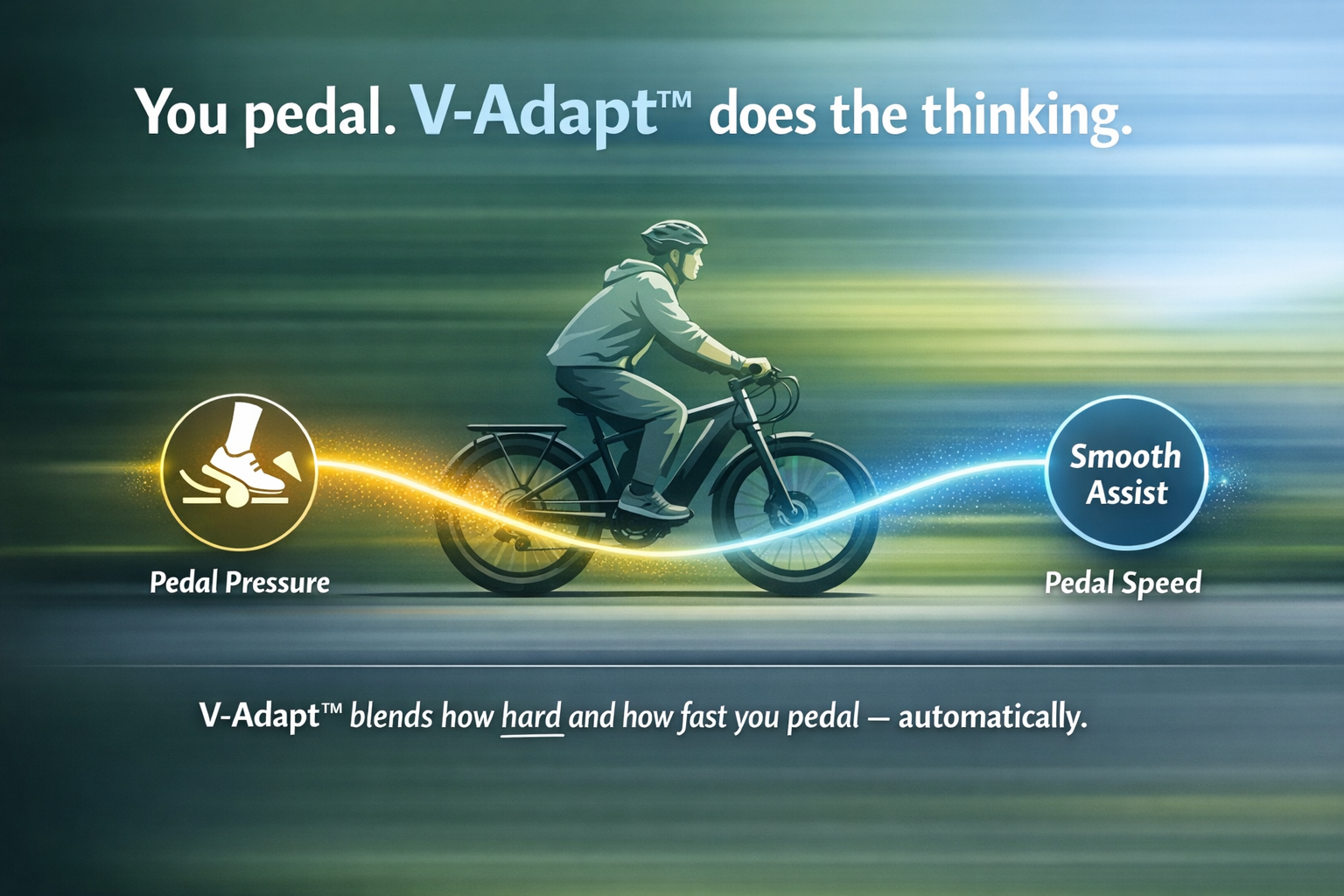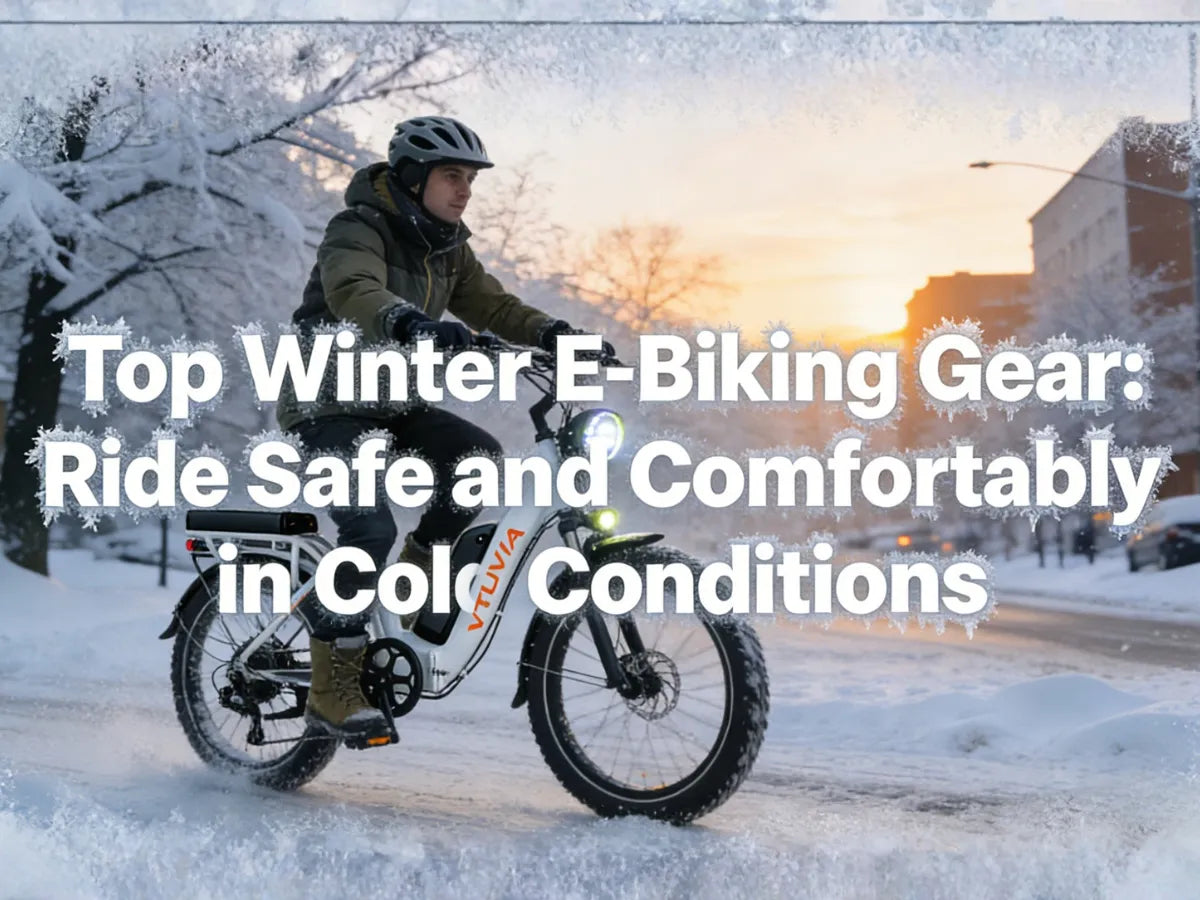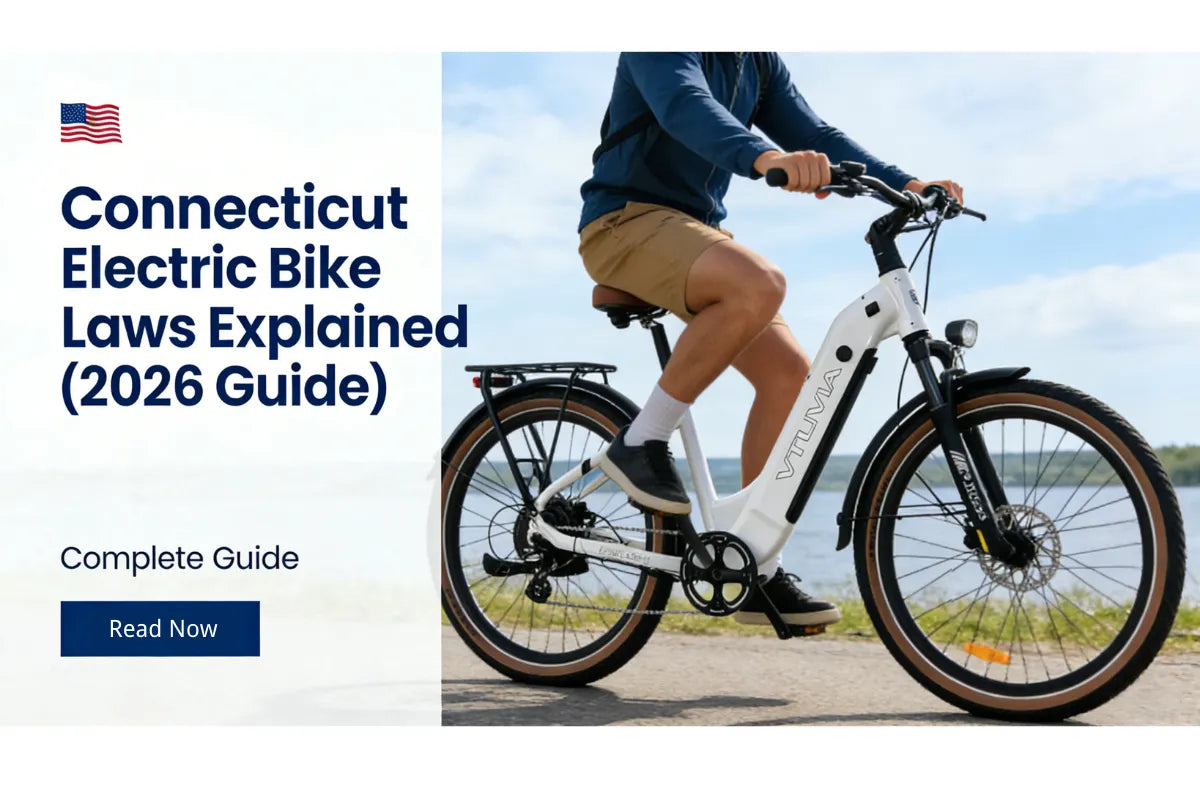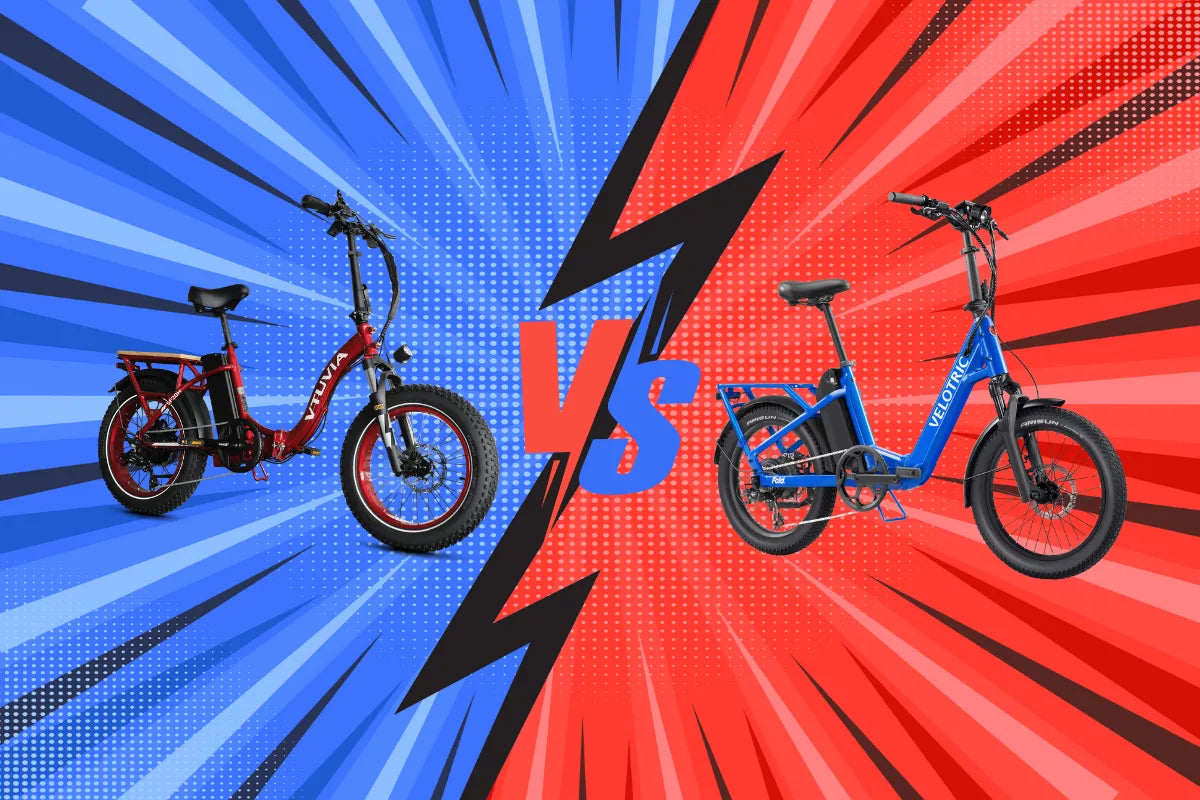When choosing an e-bike, one of the critical decisions you'll face is selecting the right drivetrain system. The two primary options are belt drive and chain drive. Each has its advantages and disadvantages, and the best choice depends on your riding needs and preferences. Let’s delve into the specifics of both systems to help you make an informed decision.
Belt Drive: The Smooth Operator

Recommended: CMB PRO: Mid-Drive Step-Thru City Commuter with Belt Drive
Pros:
1. Low Maintenance
One of the standout features of belt drives is their minimal maintenance requirements. Unlike chains, belts don’t need regular lubrication. This results in fewer adjustments and less hassle for riders.
2. Quiet and Smooth
Belt drives are known for their quiet operation. They produce minimal noise and vibration, providing a smoother riding experience. This is particularly beneficial for urban commuters or those who enjoy a quieter ride.
3. Durability
Belts are made from durable materials like carbon fiber, making them resistant to rust and corrosion. They handle wet and dirty conditions better than chains, which can be susceptible to rust and degradation.
4. Clean
Without the need for lubrication, belt drives keep your bike cleaner. There's no grease or oil splattering onto your clothes or the bike frame.

Belt Drive is very suitable for urban riding, especially in rainy days and seaside areas.
Cons:
1. Higher Cost
Belt drive systems tend to be more expensive than chain drives. The initial investment can be higher, which might be a consideration if you’re on a tight budget.
2. Limited Gear Options
Currently, belt drives are often limited to internal hub gears or a few external gear combinations. This can restrict your options for tackling varied terrains.
3. Compatibility Issues
Not all bike frames are compatible with belt drives. You might need a specific frame design or modifications to install a belt drive system.
Chain Drive: The Versatile Workhorse

Recommended: Reindeer: Powerful Step-Thru Fat Tire Off Road E-bike
Pros:
1. Cost-Effective
Chain drives are generally less expensive, making them a more budget-friendly option. They’re widely used and come in a variety of price ranges to suit different budgets.
2. Versatility
Chains offer a wide range of gearing options. Whether you’re tackling steep hills or cruising on flat terrain, you can find a gear combination that suits your needs.
3. Power Handling
Chains are capable of handling higher power outputs, which is beneficial for performance-oriented e-bikes or those used for off-road riding.

Chain Drive is paired with the Shimano multi-speed shifter for even more flexibility.
Cons:
1. Maintenance
Chains require regular maintenance, including cleaning and lubrication. This can be a hassle for some riders and might involve additional costs for maintenance products.
2. Noise
Chain drives can be noisier than belt drives. The noise from the chain can be a nuisance, especially in quiet environments or on longer rides.
3. Wear and Tear
Chains and cogs wear out over time and may need replacing more frequently. This adds to the long-term cost of ownership and maintenance.

Choosing the Right Drivetrain for You
For Urban Commuters
If you’re using your e-bike primarily for commuting in city environments, a belt drive might be the ideal choice. Its low maintenance and quiet operation make it perfect for daily city rides. Additionally, its durability in varying weather conditions is a significant advantage.
For Budget-Conscious Riders
If you’re looking for a more affordable option or if you frequently ride in diverse terrains, a chain drive might suit your needs better. Its wide range of gear options and lower initial cost make it a practical choice for those who want versatility without breaking the bank.
For Off-Road Enthusiasts
Riders who take their e-bikes off the beaten path might prefer a chain drive due to its ability to handle more power and varied gears. While it requires more maintenance, the performance benefits can outweigh the inconvenience for off-road conditions.
In conclusion, both belt and chain drives have their strengths and weaknesses. Your choice will ultimately depend on your riding style, maintenance preferences, and budget. Consider your specific needs and weigh the pros and cons of each system to find the perfect drivetrain for your e-bike.





Share:
The Best 750W E-Bikes for Adults in 2024
The Essential Guide to E-Bike Suspension